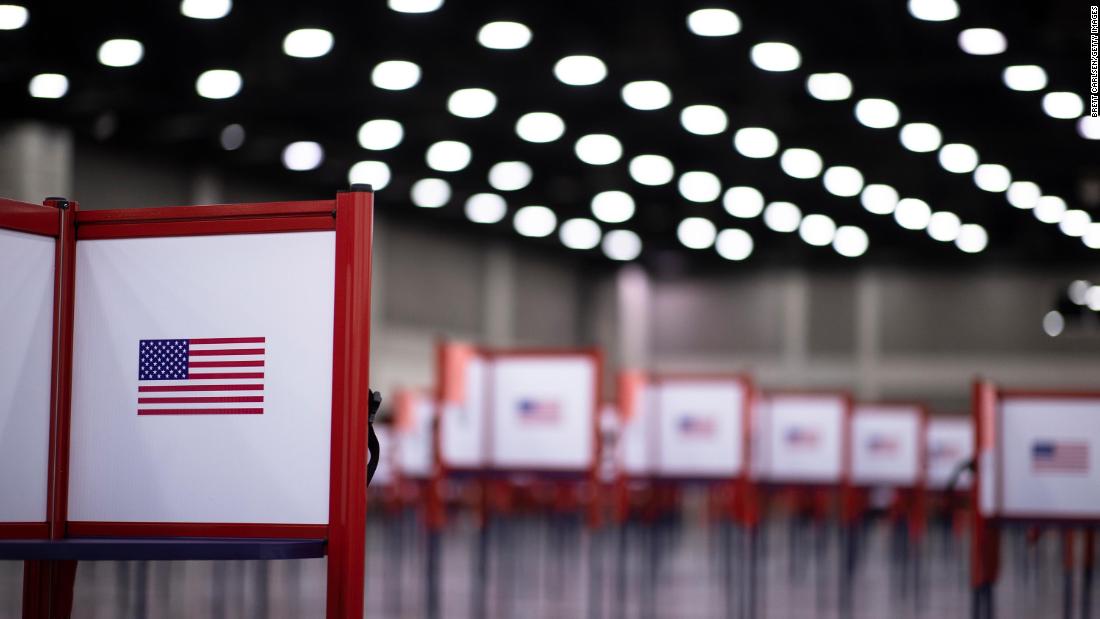MoreBack to News Headlines

What a new report tells us about how people voted in 2020
CNN
More than half a year after the 2020 presidential election, research is starting to provide a more precise picture of the demographic composition of the 2020 electorate, how various groups voted, and what changed from previous elections. The latest entry, released Wednesday by the Pew Research Center, credits Joe Biden's victory over Donald Trump to shifts in key groups, including suburban voters and political independents, that "on balance...helped Biden a little more than Trump."
The report is based on a survey conducted after November's presidential election. In the months since, researchers went back to validate that participants actually voted by matching them against commercial voter files that aggregate official state turnout records. The results were also weighted to match the final election outcome. It joins an increasing body of election post-mortems, including a report from the Democratic data firm Catalist, as well as data from the 2020 exit polls and VoteCast. Election polls, as 2020 made clear, aren't precision instruments. The design of these projects helps to mitigate one source of pre-election polling error -- the uncertainty over who'll eventually turn out to vote. They show a general consensus on some findings, such as the existence of stark divides along educational lines. But they diverge in others, such as their estimates of the precise racial composition of the electorate, a reminder that there's still significant uncertainty as there is no single source of definitive truth about who voted and for which candidates in US elections.More Related News





















 Run 3 Space | Play Space Running Game
Run 3 Space | Play Space Running Game Traffic Jam 3D | Online Racing Game
Traffic Jam 3D | Online Racing Game Duck Hunt | Play Old Classic Game
Duck Hunt | Play Old Classic Game











